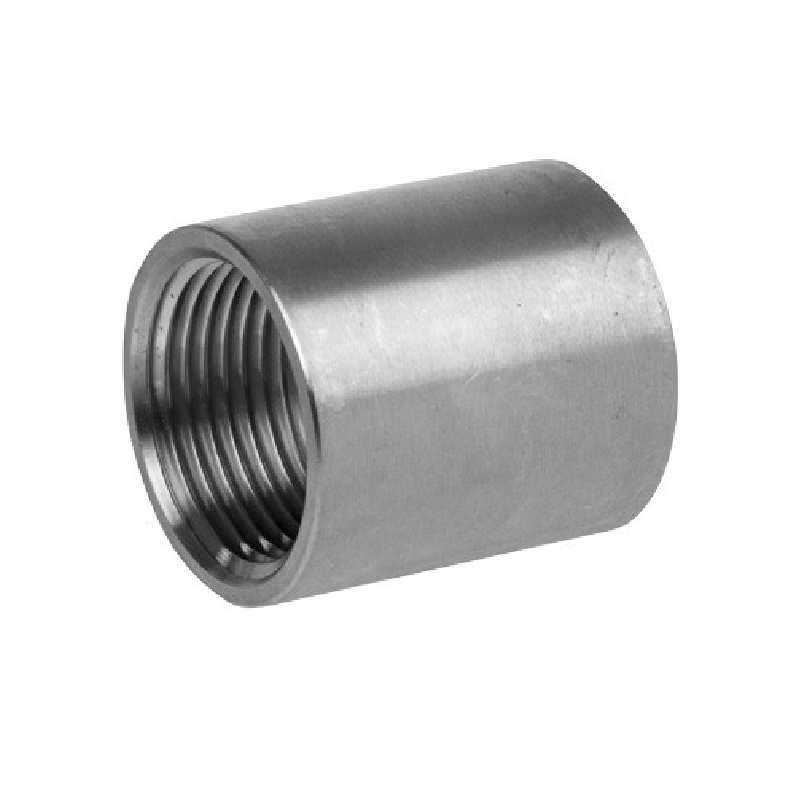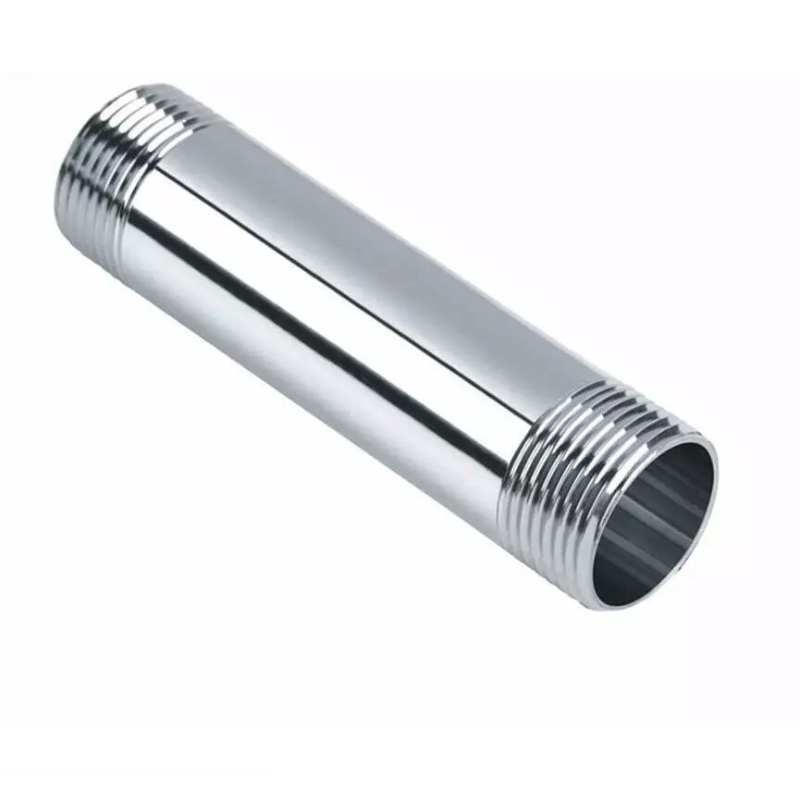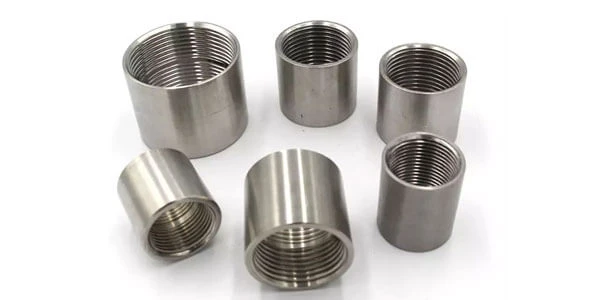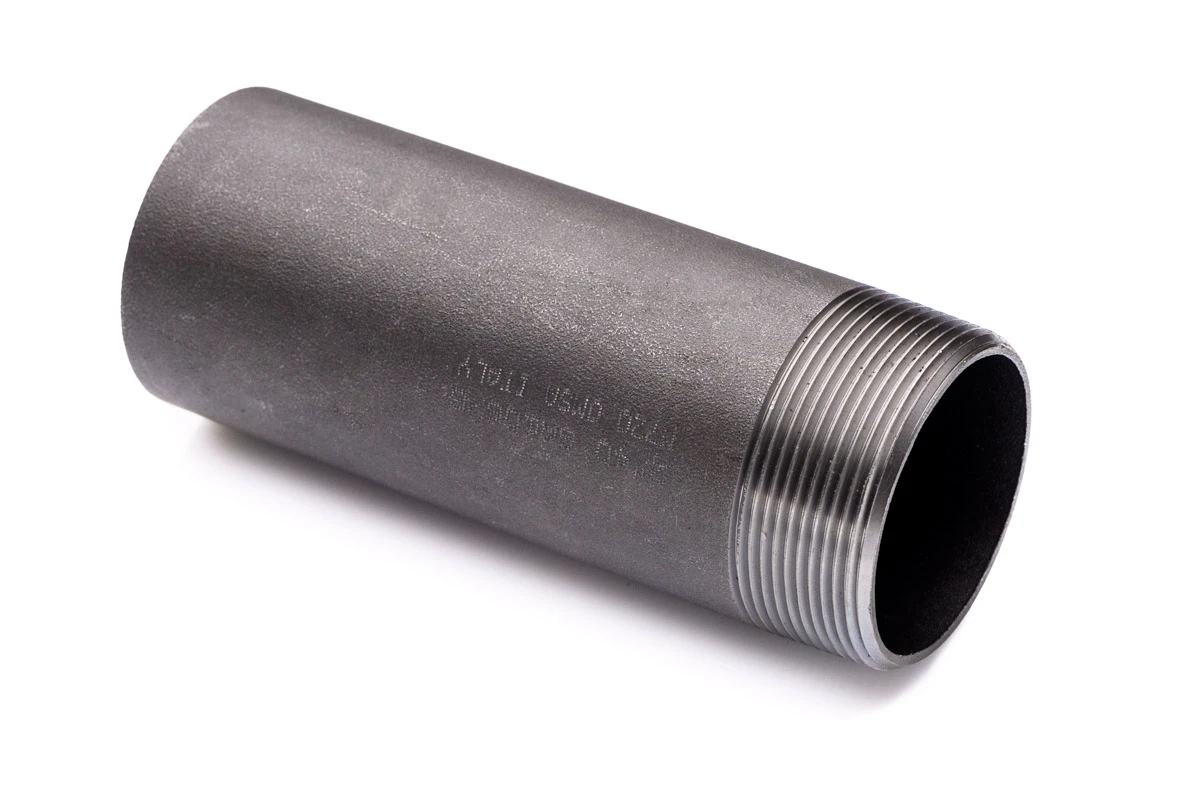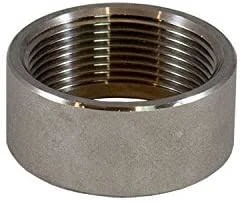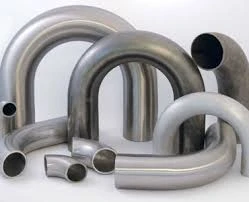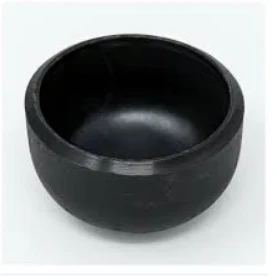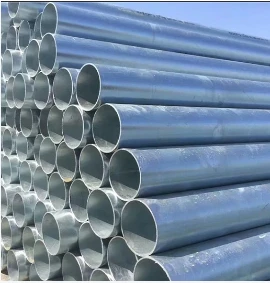Thread Fittings
Thread pipe fittings are essential components in plumbing and piping systems, designed to create secure, leak-proof connections between pipes. Crafted from durable materials such as stainless steel, brass, and PVC, these fittings are available in various configurations, including elbows, tees, and couplings. The threaded design allows for easy assembly and disassembly, making them ideal for both permanent installations and maintenance applications. One of the standout features of thread pipe fittings is their versatility. They are suitable for a wide range of applications, from residential plumbing to industrial piping systems. Their ability to withstand high pressure and temperature makes them reliable choices for transporting water, gases, and other fluids.
What is Pipe Threading Used For?
Pipe threading is the process of creating screw-like grooves (or threads) on the ends of pipes, allowing them to be easily connected to other pipes or fittings. These threaded connections provide a reliable, leak-resistant way to assemble pipes without welding, making pipe threading essential in many industries, including plumbing, oil and gas, HVAC, and manufacturing.
Applications of Pipe Threading
Plumbing and Water Systems: In residential and commercial plumbing, threaded pipes are frequently used for connecting water supply lines, drainage systems, and even gas lines. Threaded joints allow for easy installation and maintenance, making it simple to add, replace, or repair sections of pipe as needed. Pipe threading is especially common in metal plumbing pipes, which require durable, long-lasting connections.
Industrial and Chemical Pipelines: Threaded pipes are widely used in industries that transport fluids, gases, or chemicals under pressure. In oil and gas pipelines, for instance, threading provides a robust, sealable connection that can handle high-pressure conditions while allowing sections to be disassembled if maintenance or repairs are required. Threaded connections are also common in chemical plants, where threaded pipes safely transfer various chemicals and other substances.
HVAC Systems: Threaded pipe connections are also found in heating, ventilation, and air conditioning (HVAC) systems. These pipes often carry water, refrigerants, or gases, and threaded connections allow for secure assembly and easy access for repairs or upgrades.
What Are Threaded Pipe Fittings?
Threaded pipe fittings are essential components used in plumbing and piping systems to connect sections of pipe, enabling the flow of liquids and gases. Designed with external and internal threads, these fittings create a secure and leak-proof connection that is crucial for maintaining the integrity of various piping systems.
Types and Designs of Pipe Threading
Threaded pipe fittings come in various shapes and sizes, including elbows, tees, couplings, and reducers. Each type serves a specific function, allowing for changes in direction, branching of lines, or adjustments in pipe diameter. The threading can be classified into different types, such as NPT (National Pipe Tapered), BSP (British Standard Pipe), and others, catering to specific industry standards and requirements.
Materials of Pipe Threading
These fittings are manufactured from a range of materials, including stainless steel, carbon steel, brass, and PVC. The choice of material depends on the application, with stainless steel fittings often preferred for their corrosion resistance and durability, especially in harsh environments.
Applications of Pipe Threading
Threaded pipe fittings are widely used across various industries, including plumbing, oil and gas, chemical processing, and HVAC systems. Their ability to handle high pressure and temperature makes them suitable for transporting water, steam, and other fluids in both residential and industrial settings.
Advantages of Pipe Threading
One of the primary benefits of threaded pipe fittings is their ease of installation. The threaded design allows for quick assembly and disassembly, facilitating repairs and maintenance without extensive downtime. Additionally, their versatility and availability in different sizes make them compatible with a wide range of piping systems.







